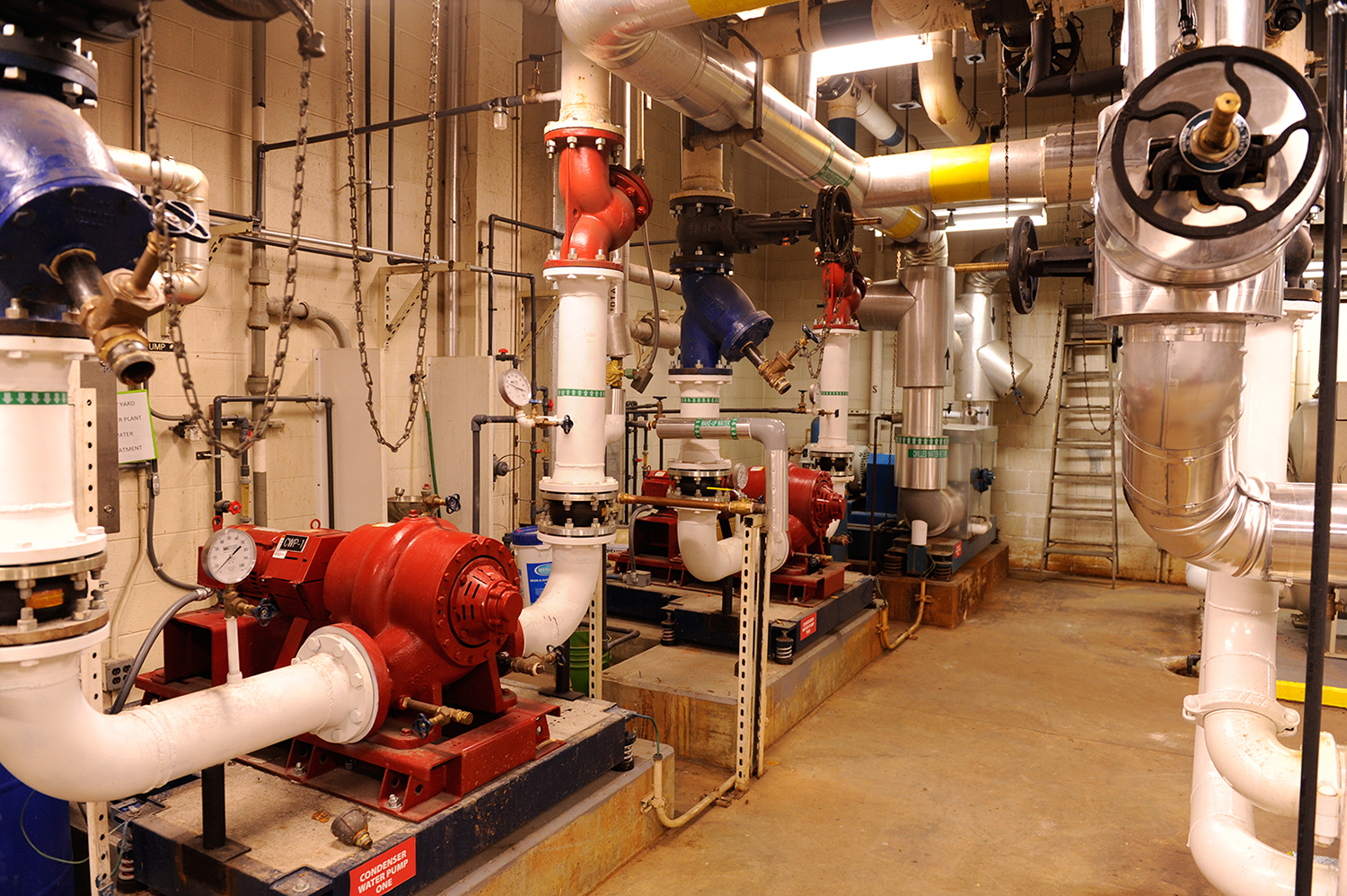
Chiller Plant at Navy Yard-Ballpark
Each year as warmer weather approaches, Metro shifts priority from snow and ice removal to the cooling of Metrorail stations. In May, chiller plants throughout the Authority are started up, feeding chilled water to air conditioning equipment located in the stations. Though the design of the Metrorail system makes true air conditioning impossible, a reduction of station air temperatures is intended to provide some comfort while waiting for your train.
Some stations share chillers, such as Court House and Clarendon on the Orange Line, while other larger stations have two chillers, such as L’Enfant Plaza. Typical system sizes are around 350 tons. This is not a measure of the systems weight; instead chiller performance is defined in terms of tons of cooling, where one ton of cooling is equal to the amount of heat absorbed by one ton of ice melting in one day.
As part of Metro’s sustainability efforts, upgrades to chiller plant equipment consists of replacing old systems that have reached or exceeded their anticipated life with more modern, energy-efficient units. The new chillers feature oil-free operation, variable-speed magnetic-bearing compressors, and variable-frequency drives.
Two such chiller plant replacements were installed last year serving U Street and Navy Yard-Ballpark stations. With their smaller footprint, lower vibration, and operating sound levels, the units are proving not only more cost efficient but are also providing an overall improvement to operations. The result of the modernization is savings estimated at $15,000 annually per plant in energy costs alone. Additionally, when coupled with related upgrades to electronic controls and water treatment systems being piloted, the savings are expected to be increased in terms of reductions in both operating cost and water consumption. In 2014, chiller upgrades are proposed for Forest Glen, Wheaton, Crystal City, and Potomac Ave stations.
To reduce operating costs and improve efficiency, Metro’s facilities and fleet are actively striving to become more energy efficient. As part of Metro’s Sustainability Initiative, the Authority has set a target of a 15% reduction in authority-wide energy use per vehicle mile by 2025.
This post forms part of a series featuring content from Metro’s Sustainability Agenda, part of Metro’s Sustainability Initiative.
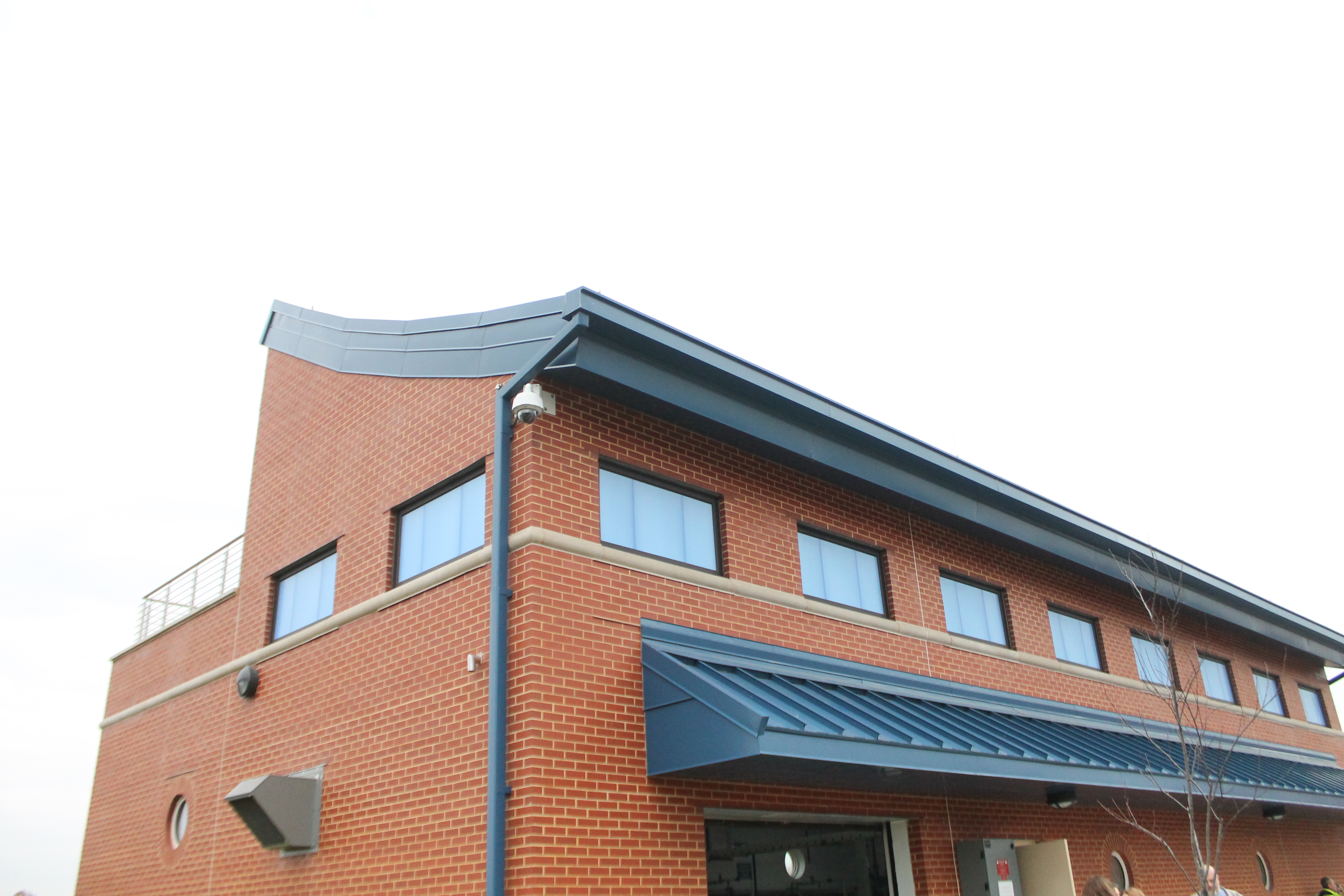 According to Basil Borisov, Environmental Engineer at Metro’s Office of Environmental Management and Industrial Hygiene, “During the summer of 2016, the Largo Water Treatment Facility has been generating more power than it uses. The monthly surplus of electricity has almost reached 300 kWh; for comparison, a typical refrigerator uses 50 to 100 kWh per month. Excess electricity was generated on more than 25 days out of each month.”
According to Basil Borisov, Environmental Engineer at Metro’s Office of Environmental Management and Industrial Hygiene, “During the summer of 2016, the Largo Water Treatment Facility has been generating more power than it uses. The monthly surplus of electricity has almost reached 300 kWh; for comparison, a typical refrigerator uses 50 to 100 kWh per month. Excess electricity was generated on more than 25 days out of each month.”

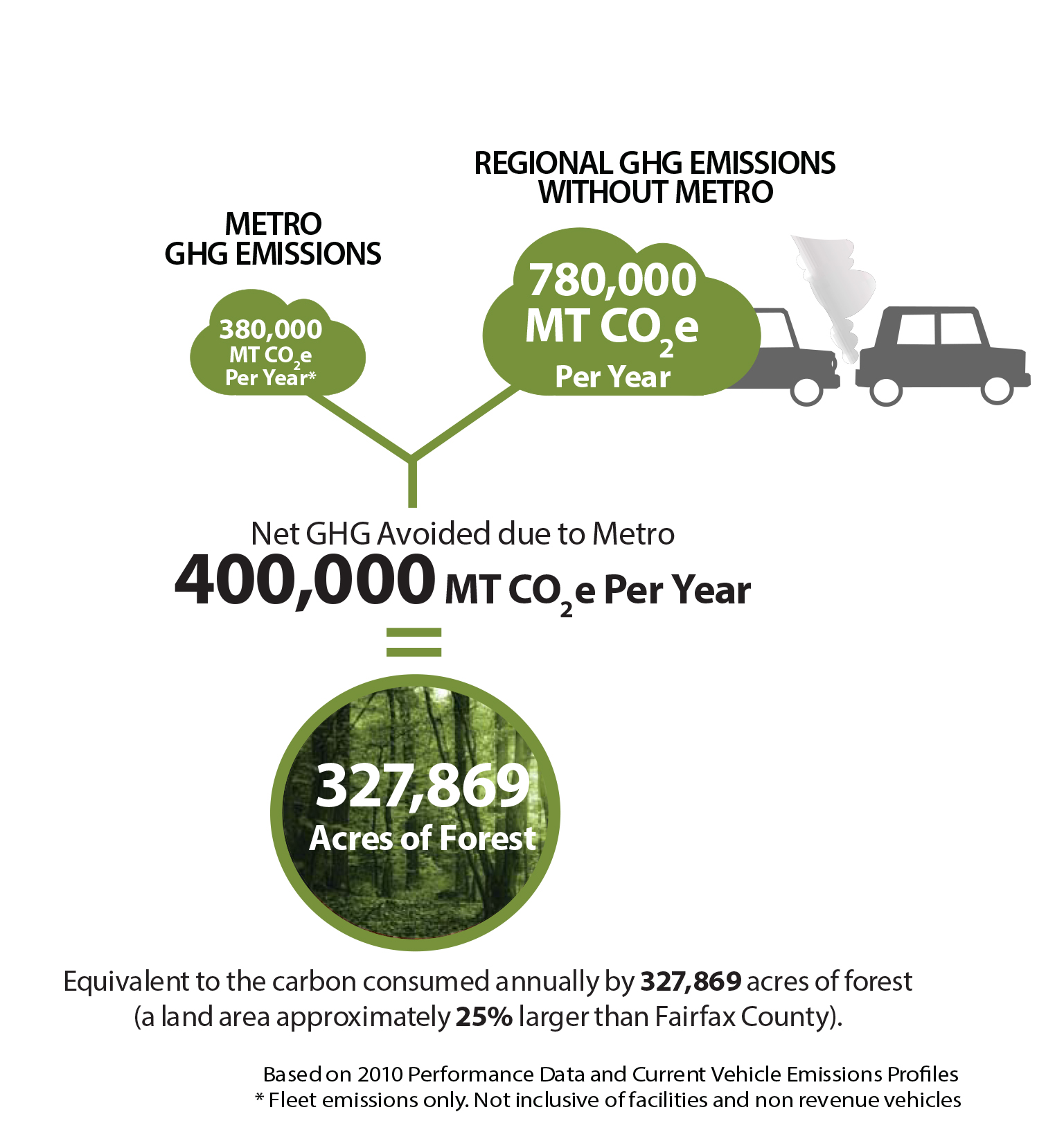

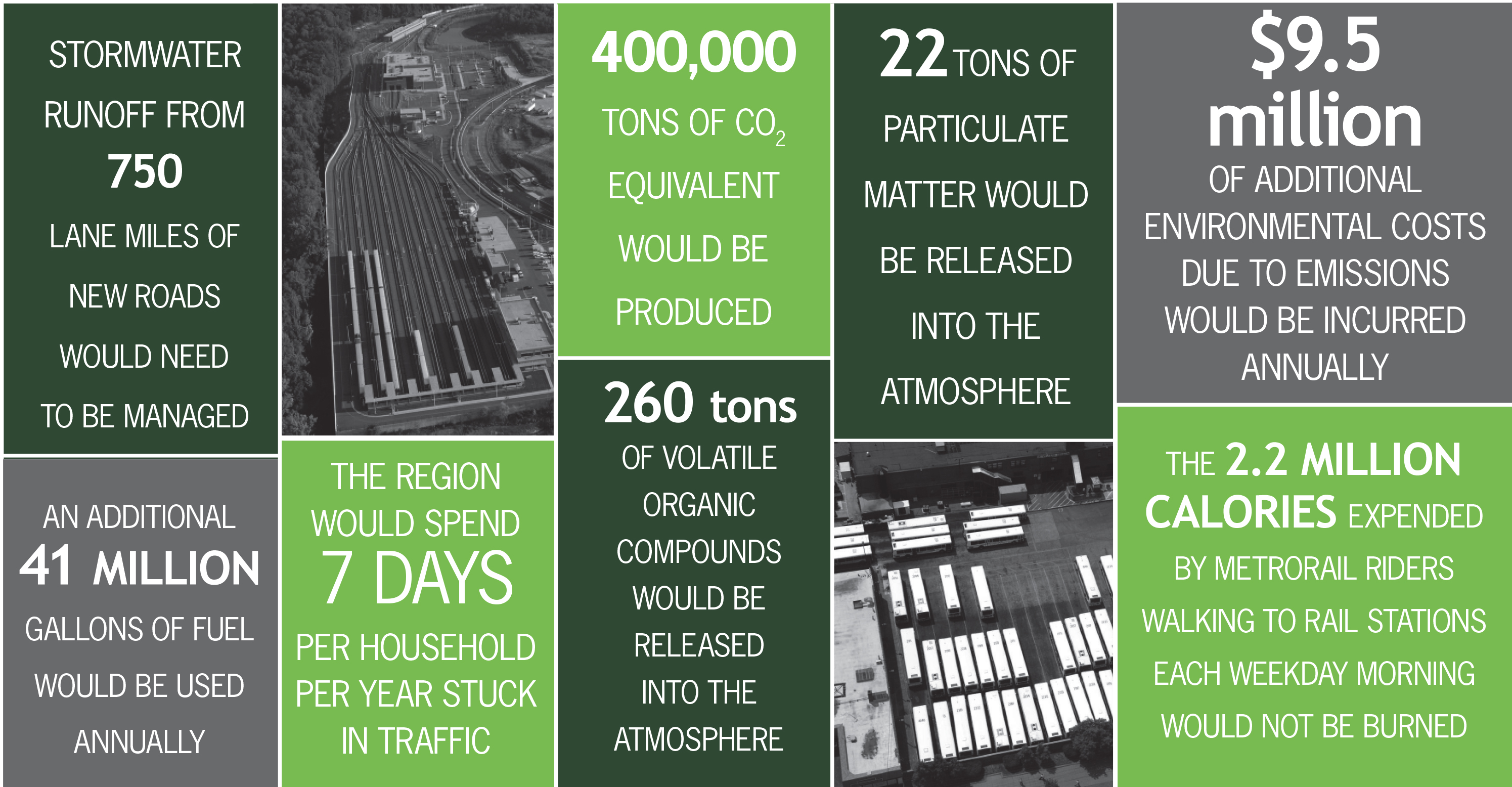

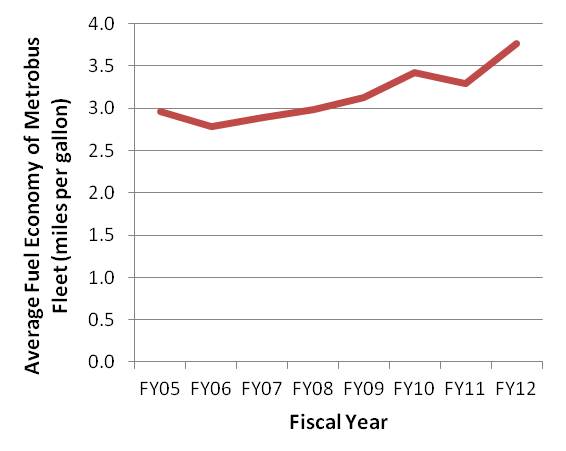

Recent Comments